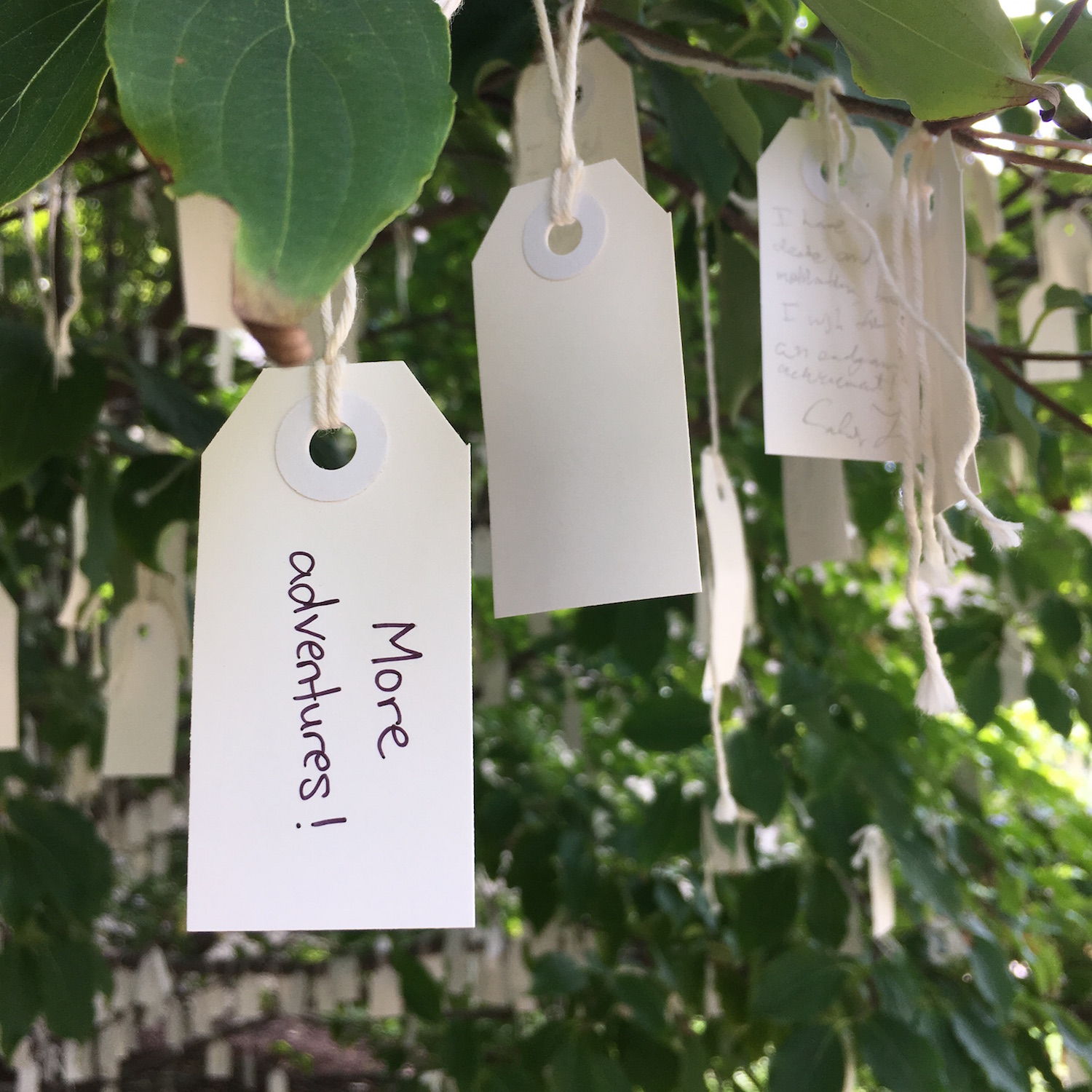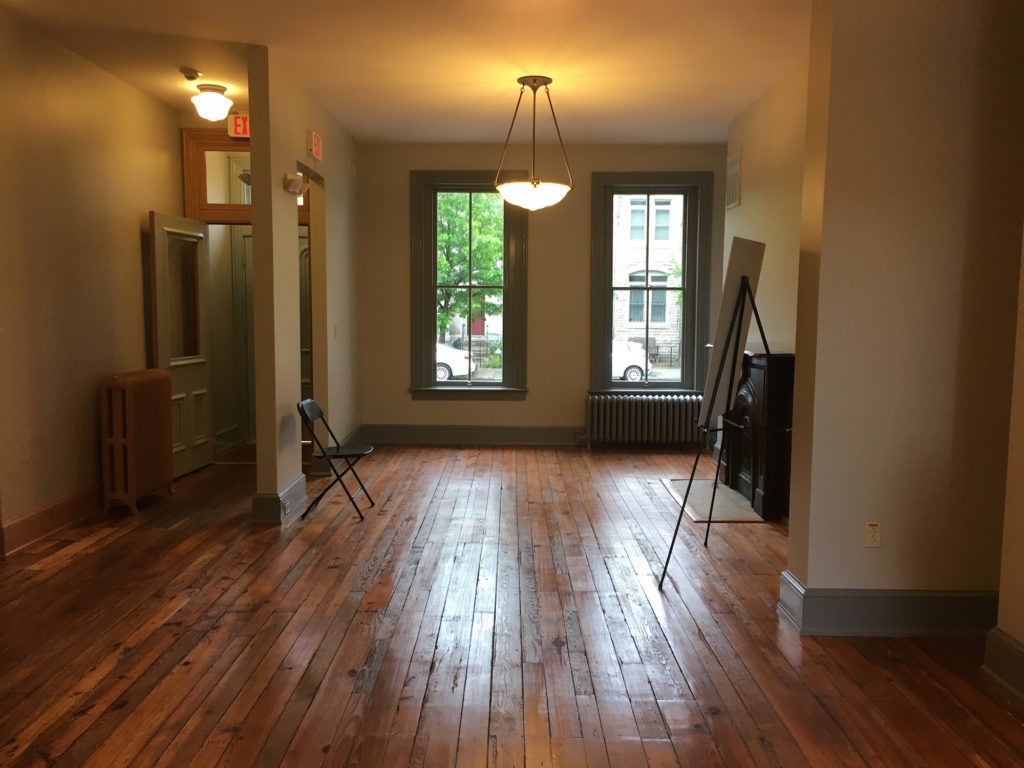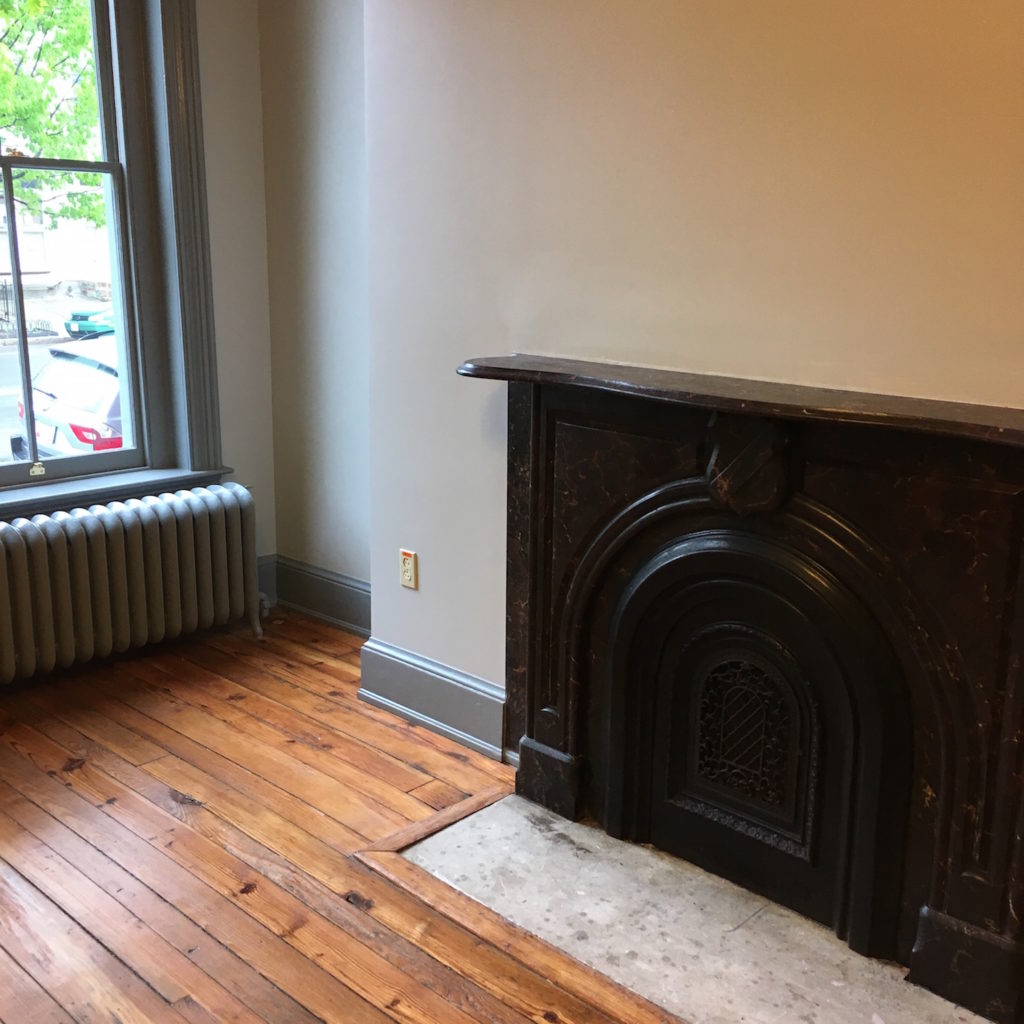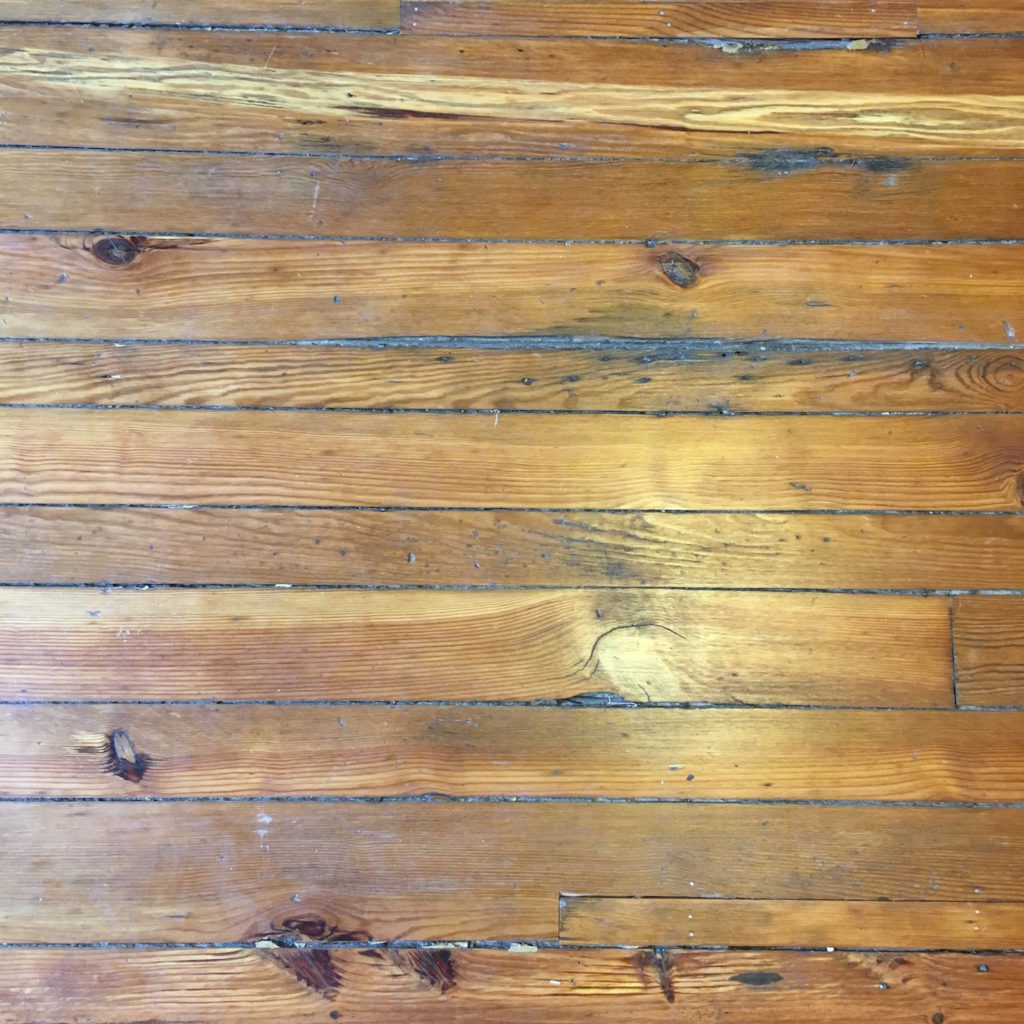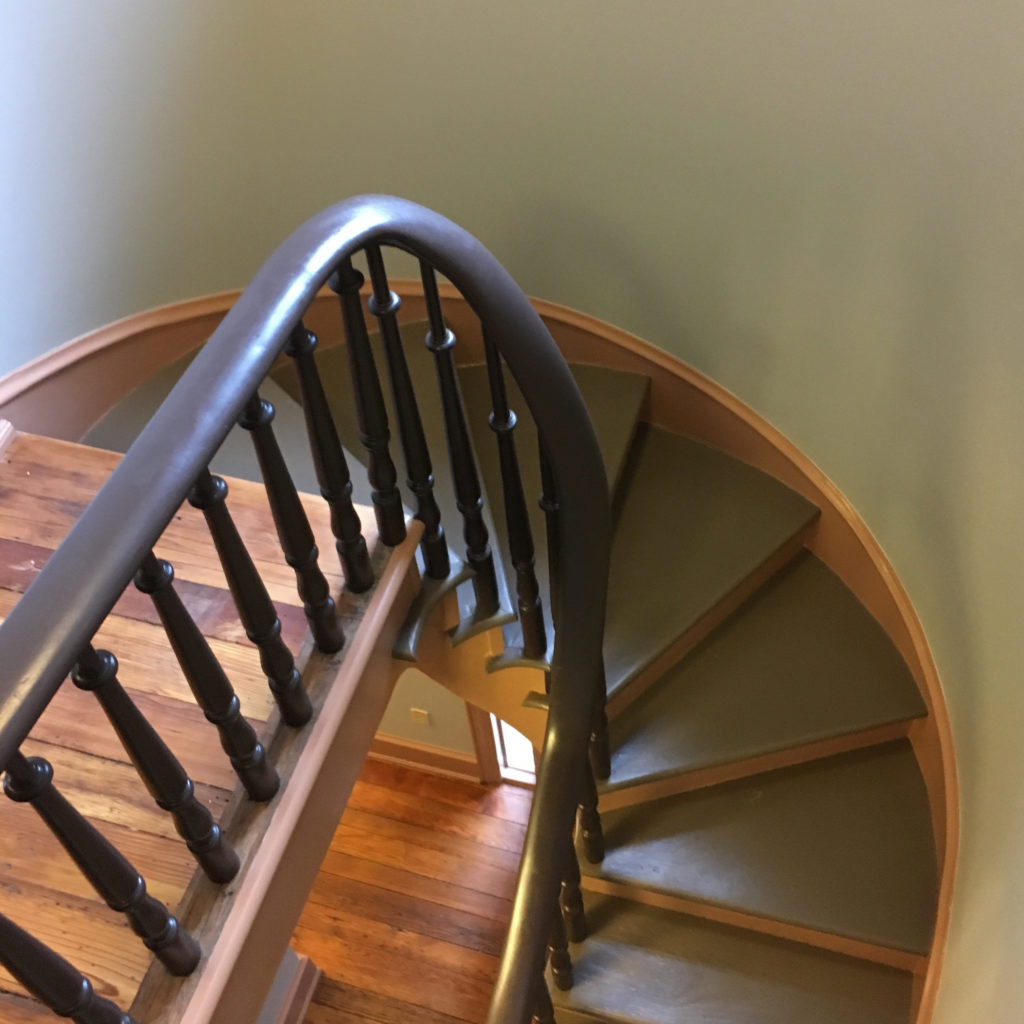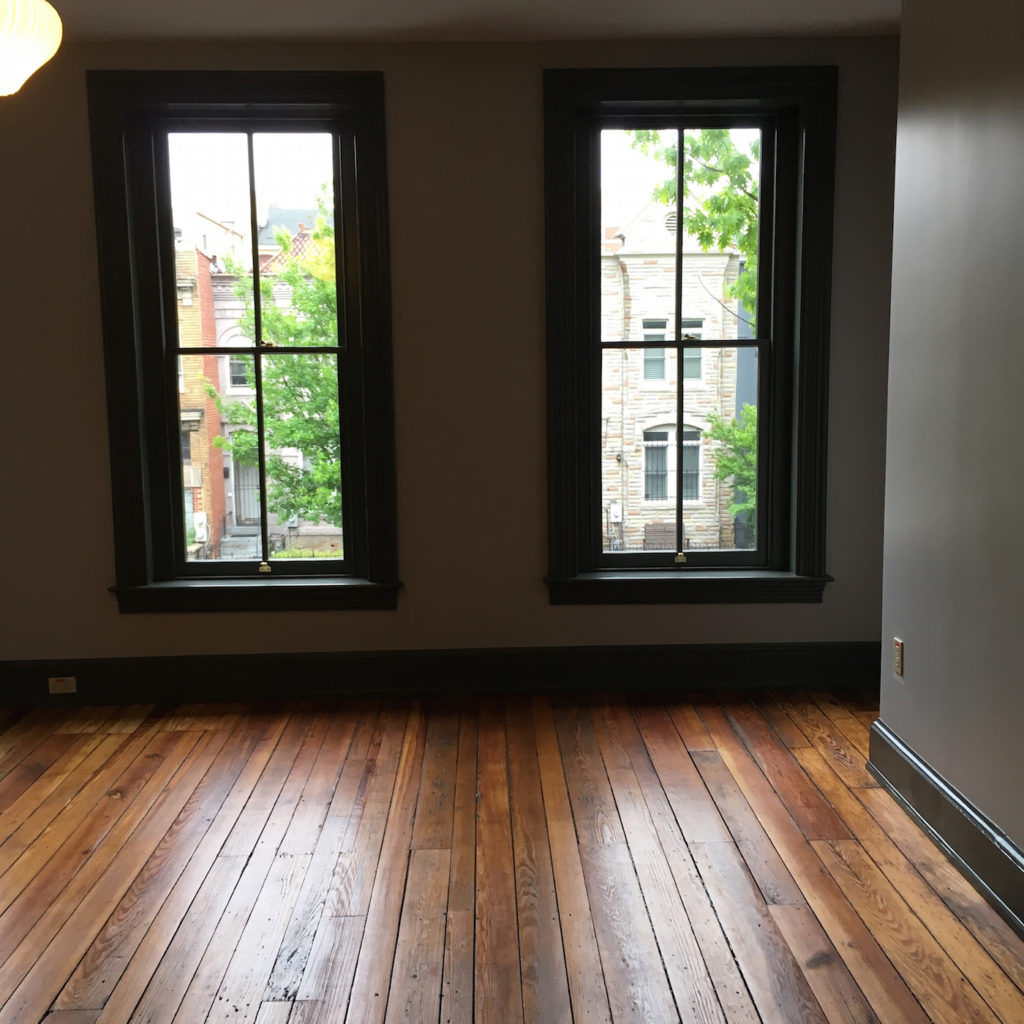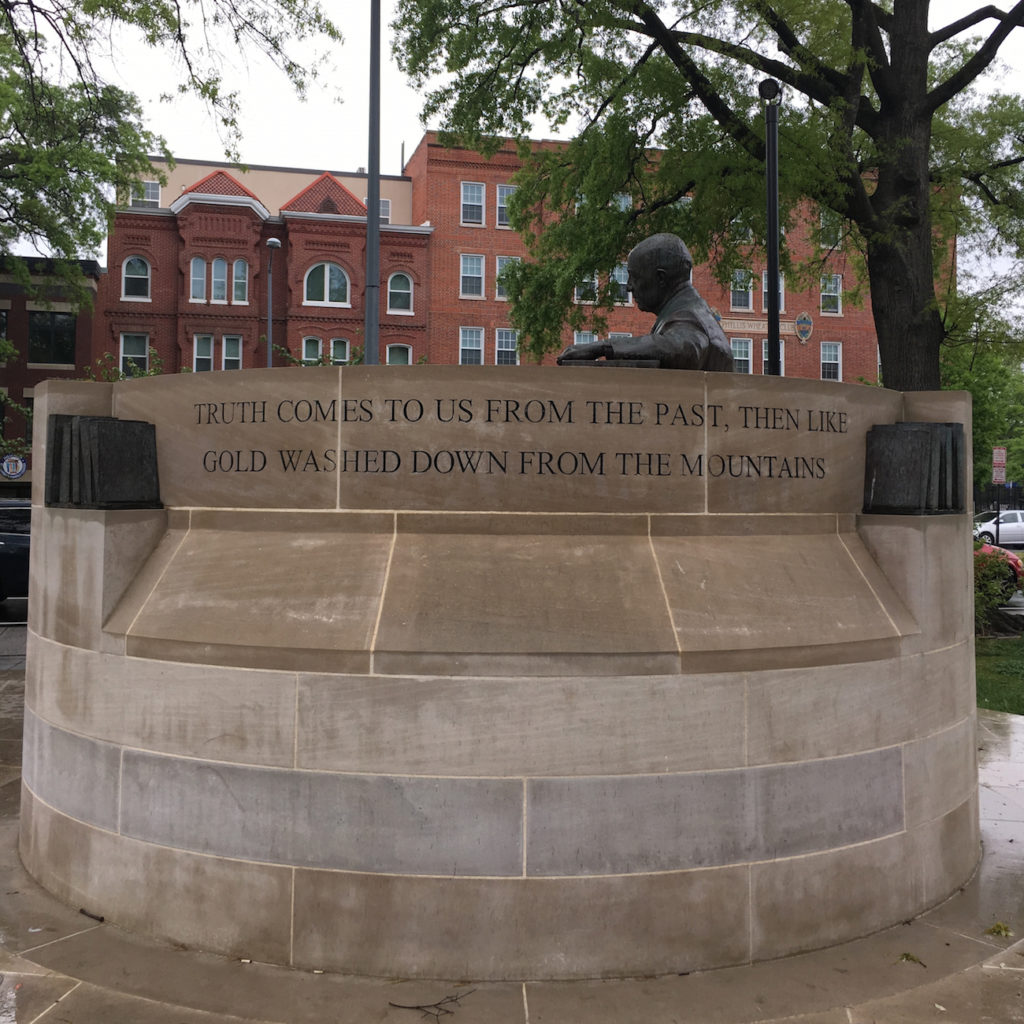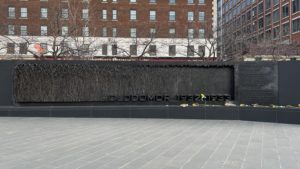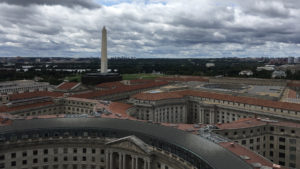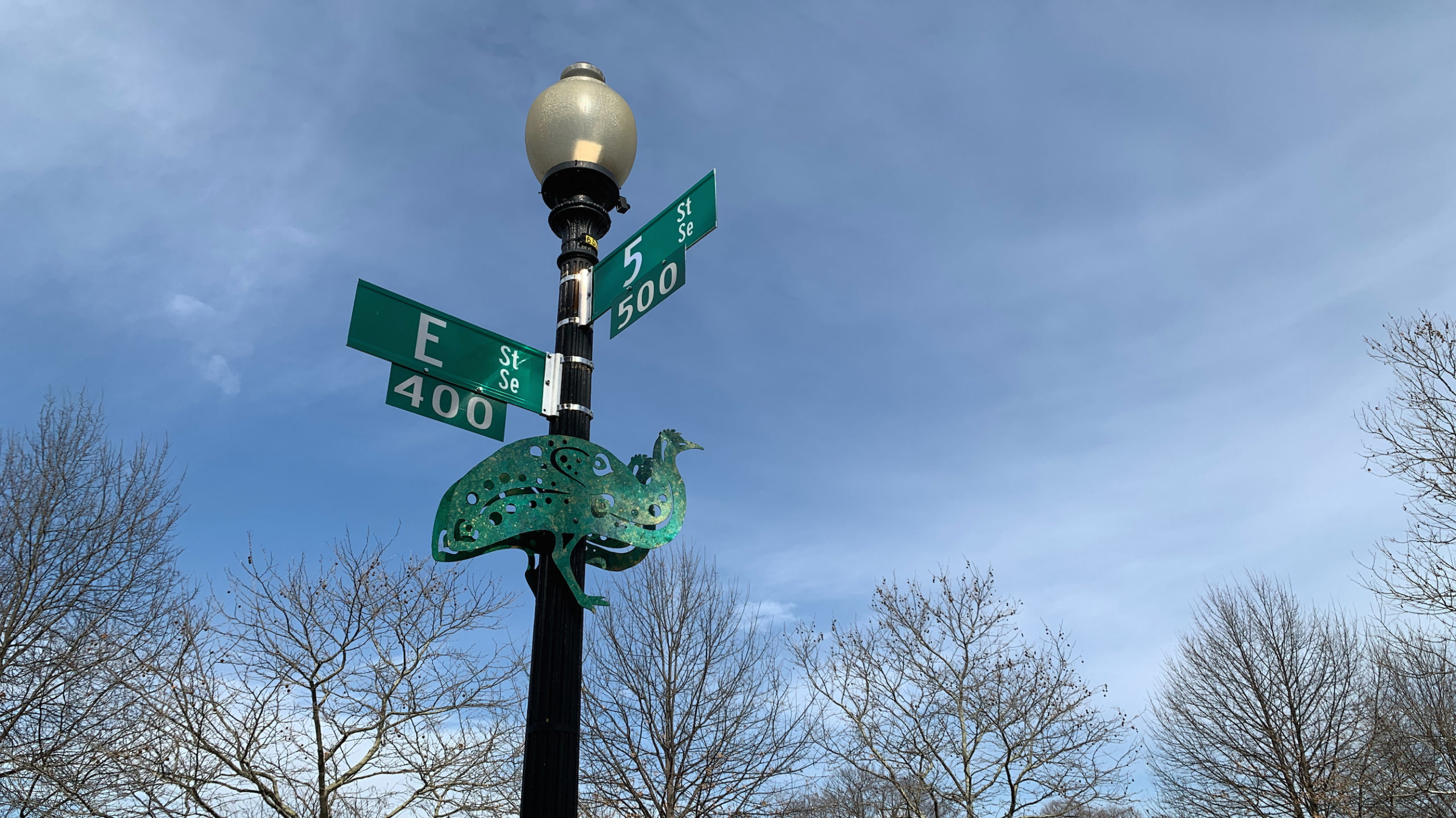Historic home and workplace of the Father of Black History
Carter G. Woodson was the first African American descended from former slave parents to earn a Ph.D. from Harvard University. (W. E. B. Du Bois was the first, but he was not from a slave family.) During his studies, a professor told Woodson that African Americans had not contributed anything positive to society. This prompted him to devote his career to proving the professor wrong. As a trained historian and journalist, Woodson collected oral histories and preserved rare materials related to African American History. He also founded the Association for the Study of African American Life and History (ASALH). His efforts eventually led to the establishment of African American History Month. He researched and published multiple books about African American History and began the The Journal of African American History.
Due to the lack of scholarship at the time related to African American History, Woodson’s collection and publications were often the only the only source of historical materials on the subject. He welcomed scholars and activists to his home in order to reference the materials in his collection. He also founded a publishing company and installed a printing press on the first floor of his house to distribute African American publications across the country. It’s amazing to think about activists and scholars like Langston Hughes walking the original wood floors and talking with Woodson about his latest research.
During my tour, the park rangers noted Woodson’s life demonstrates that there are different forms of activism and ways of changing the world. As a historian who preferred not to be the subject of the story himself, Woodson’s contributions to African American History could have easily been forgotten as he worked behind the scenes. Thanks to the hard work of local activists and community leaders, his home will continue to be a landmark for African American history and scholarship for generations to come.
Unfortunately, the Carter G. Woodson Home has seen better days. When the National Park Service purchased the house in 2005, it was in a state of neglect and disrepair. They updated and restored the home while preserving as much of the original materials as possible. Like the floors, the fireplaces are original. After the 2011 earthquake, a back wall collapsed. Each brick was carefully numbered and reused to make the repairs. The spiral staircase also had to be removed, carefully restored, and then reinstalled in the house.
The first floor of the Carter G. Woodson Home was used for the printing press and to coordinate book and journal shipments. On the second floor, Woodson kept his archives, a library, and his office. He lived on the third floor. Woodson’s library and belongings were either donated or sold by ASALH after his death. The bulk of his archives were acquired by Emory University.
Planned future renovations include installing interactive exhibits and increasing accessibility. Additional funding is required prior to being able to do this work, however. At the moment, visitors will have to use their imaginations to picture a busy print shop on the first floor, Woodson hard at work researching and writing on the second floor, and his notoriously messy bedroom on the third floor with books stacked high in every available space throughout the house.
Adventurers can only visit the Carter G. Woodson Home as part of a guided tour led by the National Park Service. Tours are limited to 10 people each and take half an hour. The second and third floors are only accessible by staircase. Due to the limited number of spaces on each tour, it is recommended that adventurers make reservations in advance by calling (202) 426-5961. I had a bit of trouble getting through on the phone to make a reservation, but it’s worth persevering to visit this interesting site.
After you tour the Carter G. Woodson Home, walk across the street to check out a statue of the man himself in Carter G. Woodson Memorial Park. I’m a sucker for any memorial that includes books.
Like this adventure? Subscribe to the newsletter to get updates with the latest adventures on the blog, ideas for things to do in DC, and tips for exploring the District.
Address
1538 Ninth Street NW
Metro Station
- Shaw-Howard U (GR, YL)
Accessibility
One accessible parking space is available at the rear of the Carter Woodson House. The house is accessible through a ramp and door strike at the rear of the house, but the National Park Service requests that you contact them before your visit to make arrangements for using this entrance. The first floor is wheelchair accessible, but due to the historic nature of the house, the second and third floors are not accessible.
Cost
Free
Hours
Guided tours on Saturdays and Sundays at the following times:
- 9:00 am
- 12:15 pm
- 1:15 pm
- 3:00 pm
- 3:30 pm
- 4:00 pm (April through October only)
Length of Adventure
45 minutes
